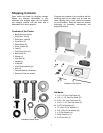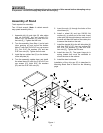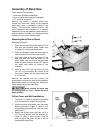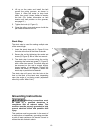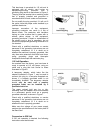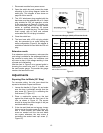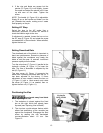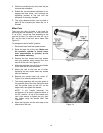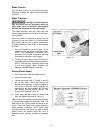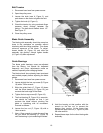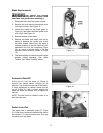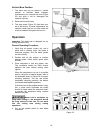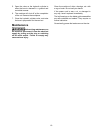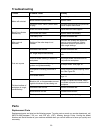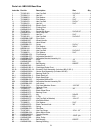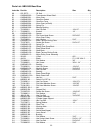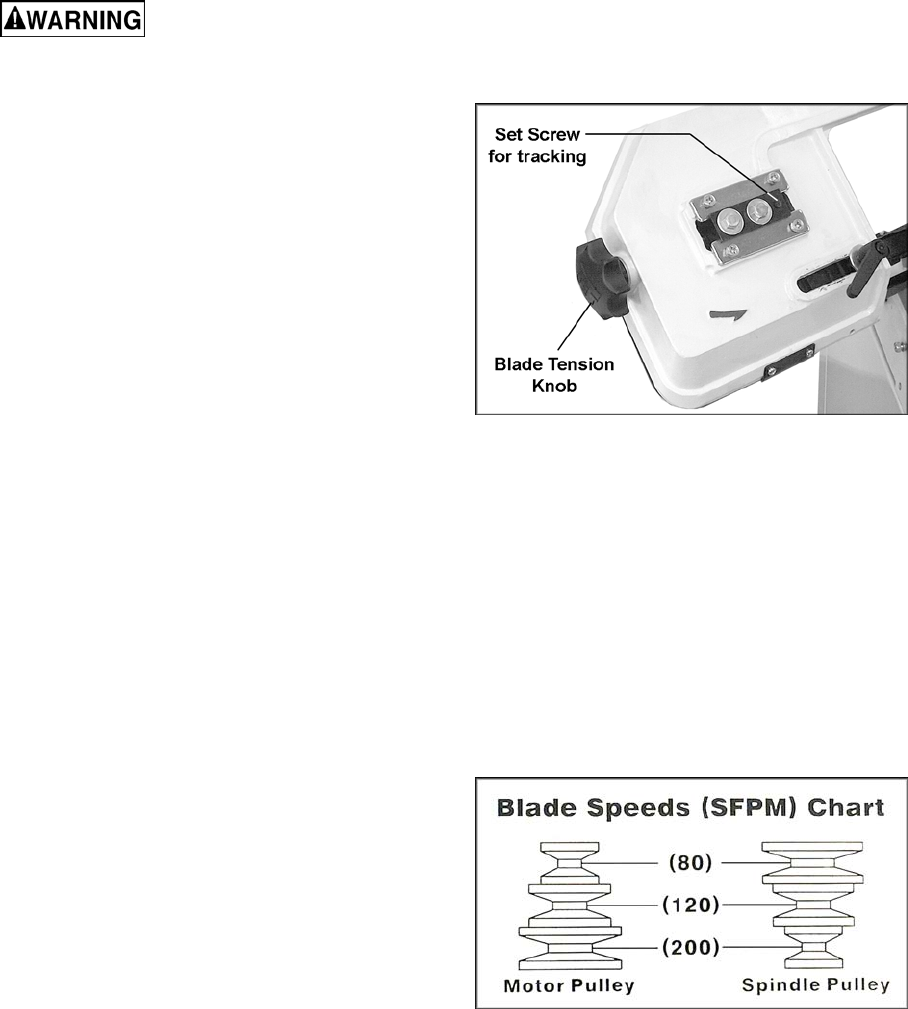
15
Blade Tension
Use the knob (Figure 15) to tension the blade.
Clockwise tightens the blade, counterclockwise
loosens it.
Blade Tracking
Tracking the blade requires
that the band saw be operating while the
back blade cover is removed. Use extreme
caution and keep hands away from blade.
The blade provided with your band saw has
already been tracked at the factory and requires
no adjustment.
When the blade is replaced, tracking may be
required for the new blade. It is recommended
that tracking be done by a person experienced
in these procedures and aware of the dangers
involved.
1. Turn the socket set screw (Figure 15) as
needed to shift the angle of the idler wheel.
NOTE: This adjustment is sensitive; do it
gradually and in small increments allowing
the wheel to respond to the changes.
2. Tracking is set properly when the back of
the blade lightly touches the wheel shoulder.
NOTE: Over-tracking (allowing blade back
to rub hard against wheel shoulder) will
damage the blade wheels and blade.
Setting Blade Speed
1. Disconnect band saw from power source.
2. Open the pulley cover.
3. Loosen the knob (see A, Figure 3) and lift
up on the motor. Move the belt to the
desired pulley grooves. A chart is affixed to
the inside of the belt guard showing the
positions for the three speeds, 80, 120 and
200 surface feet per minute (SFPM). This
chart is also shown in Figure 16.
4. Push the motor back down to tension the
belt, and tighten the knob (A, Figure 3).
Material chips or shavings are the best indicator
of proper blade speed and downfeed rate. The
ideal chip is thin, tightly curled and warm to the
touch. Chips that range from golden brown to
black indicate excessive force. Blue chips
indicate extreme heat from too high a blade
speed, which will shorten blade life. Thin or
powdered chips indicate insufficient downfeed
rate.
Figure 15
Figure 16



